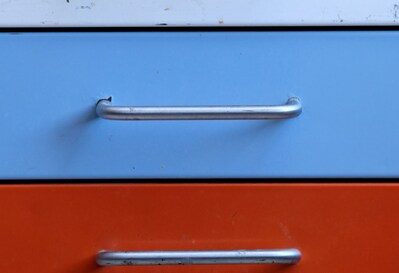In the heart of Townsville, Queensland Country Bank Stadium stands as a testament to innovative architectural design and thoughtful planning. The stadium, known for hosting many events, boasts a seating arrangement that complements its spectacular roof design. This angular seating pattern is not just a stylistic choice but a strategic design decision that enhances the spectator experience, maximises functionality, and integrates with the stadium’s environmental considerations. This article delves into the reasons behind the unique configuration of queensland country bank stadium seating and its significance to its overall design and functionality.
Enhancing Spectator Experience
One of the primary considerations in the design of Queensland Country Bank Stadium was the spectator experience. The angular seating pattern is engineered to provide unobstructed field views from all angles, ensuring that every house seat is the best. This design choice addresses one of the common issues in traditional stadium designs, where seats at certain angles offer limited views of the action. By adopting an angular seating arrangement, the stadium offers fans a more immersive and engaging experience, making every event memorable.
Maximising Capacity and Functionality
The strategic angular placement of seats is also designed to maximise the stadium’s capacity without compromising comfort or safety. This arrangement allows for a larger number of seats to be placed in areas traditionally underutilised in a conventional seating layout. Furthermore, the design facilitates efficient crowd movement, with wider aisles and more accessible entry and exit points. This thoughtful consideration ensures that the stadium can accommodate a significant number of spectators while maintaining high standards of safety and comfort.
Aesthetic Harmony with the Roof Design
The spectacular roof of Queensland Country Bank Stadium is one of its architectural highlights, featuring a design inspired by the pandanus leaf, a homage to the region’s natural heritage. The angular seating pattern is deliberately chosen to complement the roof’s curves and contours, creating a cohesive aesthetic that blends form with function. This harmony between the seating and the roof enhances the stadium’s visual appeal and symbolises a connection to the local environment and community.
Acoustic Optimisation
Another advantage of the angular seating pattern is its contribution to the stadium’s acoustic design. The arrangement helps direct sound towards the seating areas, amplifying the crowd’s roar and creating a vibrant atmosphere during events. This acoustic consideration ensures that the energy and excitement of live games and performances are heightened, contributing to a more dynamic and exhilarating spectator experience.
Environmental Considerations
The design of Queensland Country Bank Stadium also takes into account environmental sustainability. The angular seating pattern works with the roof’s design to optimise shade and airflow, providing comfort to spectators in Townsville’s tropical climate. This approach lessens the need for artificial cooling, contributing to the stadium’s energy efficiency. Additionally, the design maximises natural light, reducing the stadium’s environmental footprint.
Conclusion
The angular pattern of queensland country bank stadium seating is a prime example of how thoughtful design can enhance functionality, spectator experience, and environmental sustainability. By prioritising unobstructed views, maximising capacity, creating aesthetic harmony, optimising acoustics, and considering environmental impacts, the stadium sets a benchmark for future architectural endeavours in sports and entertainment venues. This design choice underscores the importance of integrating form with function, ensuring that the stadium serves its purpose and contributes to the vibrancy and dynamism of the events it hosts.




